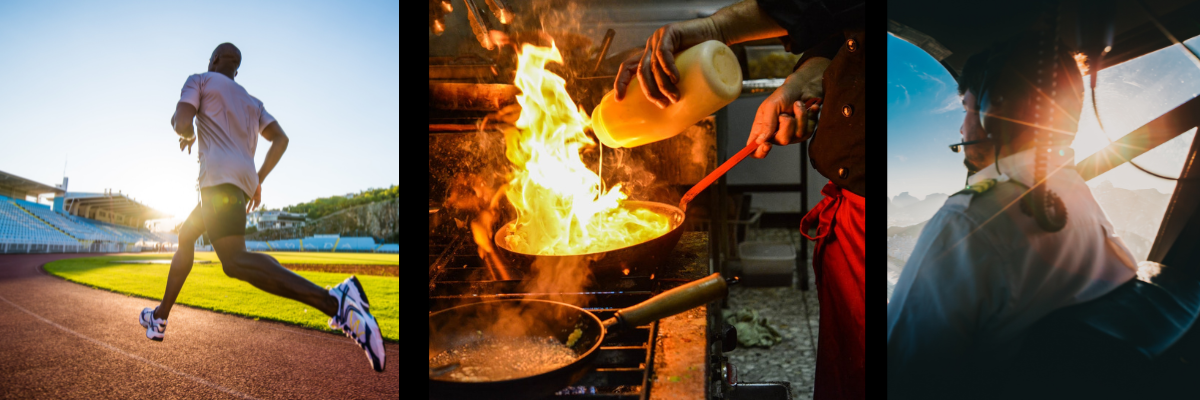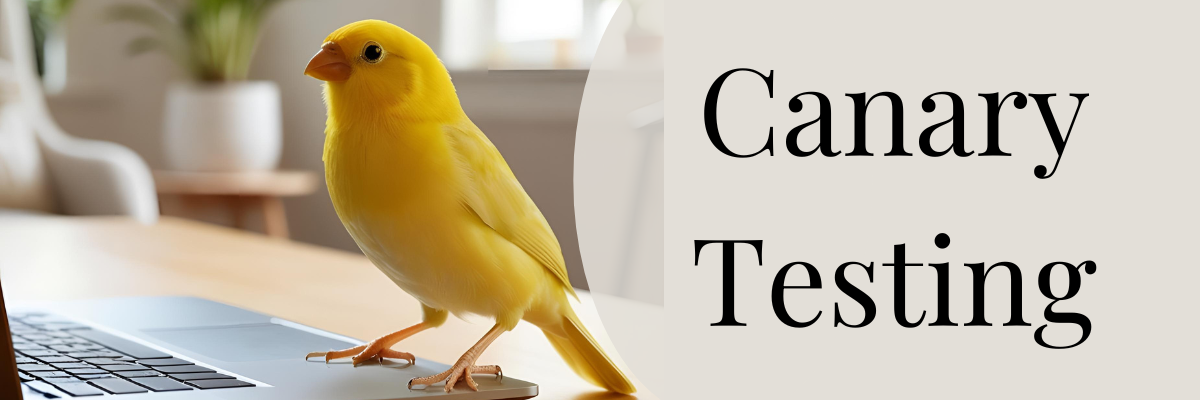In the realm of Agile methodologies, the Retrospective ceremony serves as a powerful tool for continuous improvement and team growth. Delving into the who, what, when, and why of this essential practice illuminates its significance in driving team evolution and success.
Unveiling the Retrospective Ceremony
Who Participates?
The Retrospective involves the core team members—developers, Scrum Masters, Product Owners, and anyone directly involved in the sprint or project. Their collective insights and experiences are pivotal in fostering constructive discussions.
What Happens During the Retrospective?
This reflective meeting delves into what went well, what could be improved, and actionable steps for enhancement. It’s a platform for open, honest communication, allowing team members to share successes, challenges, and ideas freely.
When Is It Done?
The Retrospective takes place at the conclusion of each sprint or iteration, marking the opportunity to reflect on recent achievements and areas for growth. Its regular occurrence ensures a consistent focus on continual enhancement.
The Outcomes and Expectations
Importance of the Retrospective
It serves as a catalyst for continuous improvement. By encouraging a culture of reflection and proactive problem-solving, teams identify bottlenecks, celebrate successes, and implement changes to enhance future performance.
Expected Outcomes
Actionable insights and identified improvements form the core outcomes. Teams collaborate to create a list of actionable items, enabling them to refine processes, enhance collaboration, and optimize productivity in subsequent sprints.
Tools for Retrospectives
On-Site Teams
On-site teams often leverage physical tools like whiteboards, sticky notes, or flip charts to facilitate discussions. These visual aids encourage engagement and foster a collaborative environment.
Remote Teams
For remote teams, digital collaboration tools like MURAL, Trello, or Microsoft Whiteboard serve as effective platforms. They allow for virtual brainstorming, easy documentation, and seamless collaboration across distributed team members.
Importance of Remote Collaboration Tools
Example: MURAL
MURAL is a versatile platform that replicates the physical brainstorming experience virtually. Its interactive features enable remote teams to create digital canvases for brainstorming, organizing ideas, and conducting retrospectives with ease.
In Conclusion
The Retrospective ceremony stands as a cornerstone in Agile methodologies, providing a structured platform for teams to reflect, learn, and evolve. By fostering open communication, identifying areas for improvement, and leveraging innovative tools—whether physical or digital—teams pave the way for continuous growth and heightened success in each iteration.
Read more from our blog





